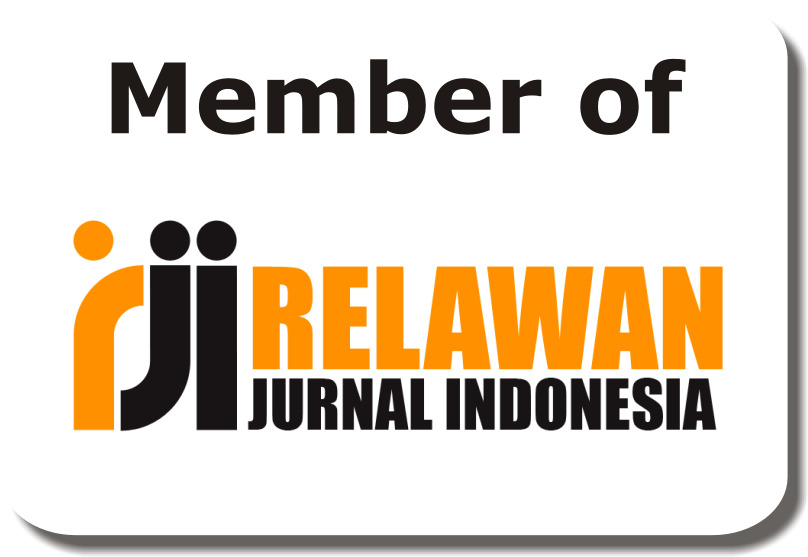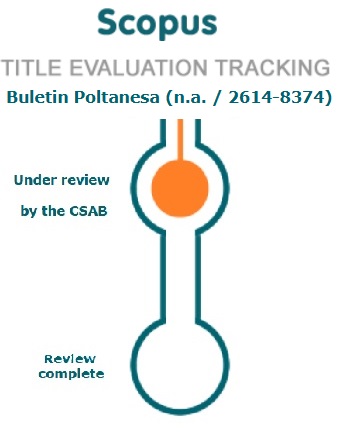User-Centric Waste Management Through Reward-Based Digital Systems
DOI:
https://doi.org/10.51967/tanesa.v26i1.3380Keywords:
Waste Management, Reward Systems, Digital Platforms, Circular Economy, TransparencyAbstract
The effective management of household and urban waste is a critical challenge in achieving sustainability within the fields of waste management and circular economy practices. Traditional waste sorting systems face inefficiencies due to low user participation, limited accountability, and inadequate transparency in tracking and reporting waste contributions. This research addresses these challenges by introducing a reward-based digital platform that incentivizes users to sort and deposit waste at designated collection points. The platform assigns points based on the type and quantity of waste submitted, tracks contributions, and provides detailed reports to users, fostering transparency and trust. The proposed solution demonstrates potential to increase user engagement, improve waste sorting accuracy, and enhance reporting capabilities, supporting the transition toward sustainable and circular waste management systems.
References
Adelekan, A., & Sharmina, M. (2024). Collaborative digitally-enabled business models for a circular economy: Sustaining, managing and protecting value in the UK plastics sector. Journal of Cleaner Production, 438.
Bjorklund, M., Gustafsson, S., & Skill, K. (2024). Sustainability potentials of digitally based platforms for the circularity of household items. Cleaner Logistics and Supply Chain, 10.
Cappelletti, F., Papetti, A., Rossi, M., & Germani, M. (2022). Smart strategies for household food waste management. Procedia Computer Science, 200.
Chan, H. F., Moy, N., Schaffner, M., & Torgler, B. (2021). The effects of money saliency and sustainability orientation on reward based crowdfunding success. Journal of Business Research, 125.
Chaudhuri, A., Subramanian, N., & Dora, M. (2022). Circular economy and digital capabilities of SMEs for providing value to customers: Combined resource-based view and ambidexterity perspective. Journal of Business Research, 142.
Denu, M., David, P., Landry, A., & Mangionem, F. (2023). Exploring opportunities and barriers of digital technologies in circular manufacturing systems: An overview and a research roadmap. Sustainable Production and Consumption, 43.
Dwivedi, Y. K., Hughes, L., Kar, A. K., Baabdullah, A. M., Grover, P., Abbas, R., Andreini, D., Abumoghli, I., Barlette, Y., Bunker, D., Kruse, L. C., Constantiou, I., Davison, R. M., De’, R., Dubey, R., Fenby-Taylor, H., Gupta, B., He, W., Kodama, M., … Wade, M. (2022). Climate change and COP26: Are digital technologies and information management part of the problem or the solution? An editorial reflection and call to action. International Journal of Information Management, 63.
Evertsen, P. H., & Knotten, V. (2024). Toward a collaborative circular ecosystem within the built environment. Sustainable Production and Consumption, 52.
Hatley, G., Pahlow, M., Bello-Mendoza, R., & Gutiérrez-Ginés, M. J. (2024). Identifying leverage points using material flow analysis to circularise resources from urban wastewater and organic waste. Journal of Environmental Management, 369.
Kolade, O., Oyinlola, M., Ogunde, O., Ilo, C., & Ajala, O. (2024). Digitally enabled business models for a circular plastic economy in Africa. Environmental Technology & Innovation, 3.
Leone, D., Pietronudo, M. C., Gabteni, H., & Carli, M. R. (2024). Reward-based crowdfunding for building a valuable circular business model. Journal of Business Research, 157.
Möslinger, M., Ulpiani, G., & Vetters, N. (2023). Circular economy and waste management to empower a climate-neutral urban future. Journal of Cleaner Production, 421.
Neves, J. S., Yamane, L. H., Santos, R. P., & Siman, R. R. (2025). Challenges in commercial solid waste management: Generation indicators and willingness to pay for management. Cleaner Waste Systems.
Nicol, C., Kostis, A., Lidström, J., & Holmström, J. (2024). Corporate incubation for platform growth and the transition to platform scaling: Between a rock and a hard place in the circular economy. ScienceDirect.
Petchrompo, S., Chitniyom, R., Peerwantanagul, N., Laesanklang, W., Suwanapong, J., & Borrisuttanakul, S. (2025). Enhancing operational efficiency in a voluntary recycling project through data-driven waste collection optimization. Waste Management, 200.
Sianturi, R. I., Suryatiningsih, S., Aji, P., & Preciosa, B. (2024). User Experience Satisfaction Analysis of the CLEIN Plastic Bottle Waste Saving Mobile Application. Procedia Computer Science, 245.
Tundjungsari, V., Putranto, B. P. D., Ulum, M. B., & Anwar, N. (2025). An Integrated Model for Circular Waste Management Using the Internet of Things. Semantic Web.
Vishwakarma, S., Kumar, V., Arya, S., Tembhare, M., Rahul, D. D., & Kumar, S. (2022). E-waste in Information and Communication Technology Sector: Existing scenario, management schemes and initiatives. Environmental Technology & Innovation, 27.
Yadav, S., Samadhiya, A., Kumar, A., Majumdar, A., Garza-Reyes, J. A., & Luthra, S. (2023). Achieving the sustainable development goals through net zero emissions: Innovation-driven strategies for transitioning from incremental to radical lean, green and digital technologies. Resources, Conservation and Recycling, 197.
Zhang, L., Mu, R., Zhan, Y., Yu, J., Liu, L., Yu, Y., & Zhang, J. (2022). Digital economy, energy efficiency, and carbon emissions: Evidence from provincial panel data in China. Science of The Total Environment, 852.
Downloads
Published
How to Cite
Issue
Section
License
Copyright (c) 2025 Buletin Poltanesa

This work is licensed under a Creative Commons Attribution-ShareAlike 4.0 International License.
The copyright of this article is transferred to Buletin Poltanesa and Politeknik Pertanian Negeri Samarinda, when the article is accepted for publication. the authors transfer all and all rights into and to paper including but not limited to all copyrights in the Buletin Poltanesa. The author represents and warrants that the original is the original and that he/she is the author of this paper unless the material is clearly identified as the original source, with notification of the permission of the copyright owner if necessary.
A Copyright permission is obtained for material published elsewhere and who require permission for this reproduction. Furthermore, I / We hereby transfer the unlimited publication rights of the above paper to Poltanesa. Copyright transfer includes exclusive rights to reproduce and distribute articles, including reprints, translations, photographic reproductions, microforms, electronic forms (offline, online), or other similar reproductions.
The author's mark is appropriate for and accepts responsibility for releasing this material on behalf of any and all coauthor. This Agreement shall be signed by at least one author who has obtained the consent of the co-author (s) if applicable. After the submission of this agreement is signed by the author concerned, the amendment of the author or in the order of the author listed shall not be accepted.








